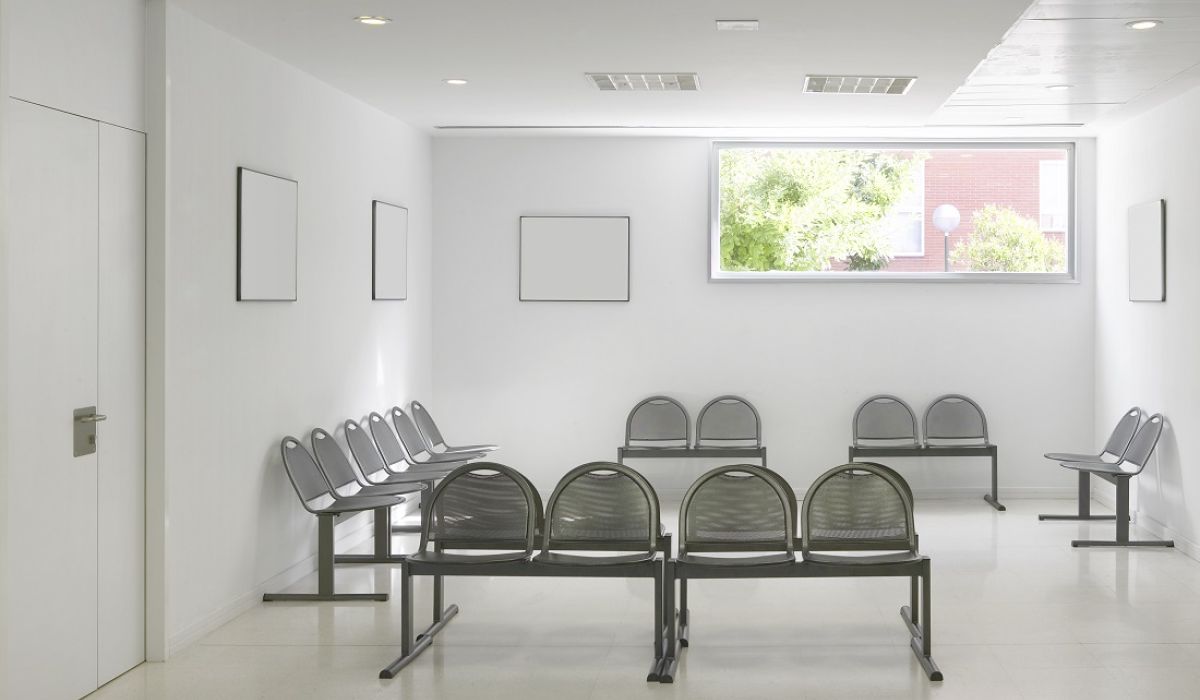
Global problem in healthcare: No-show
A long-standing problem in hospitals; patients do not show up or cancel late. It is a persistent problem that costs healthcare institutions millions of euros every year. Then it is good to know why patients do not show up and how this can be remedied. After all, many a hospital has been deploying tools to prevent no-shows for a long time and yet the numbers are not decreasing.
Causes of global no-shows
Failing to point the finger at patients is unjustified, as there are multiple reasons why appointments are not kept. This is according to a report recently published by Dashplus. These include patient-related factors, but also organisational factors. Also, the healthcare system plays a significant role.
For patient-related causes, research shows that young people aged 16-30 and elderly people aged 90+ are more likely to miss appointments. Not only age, transport and mobility also increase the likelihood of missing an appointment. There are also issues such as a language barrier, fear and concerns about cost. This makes the high level of socio-economic deprivation given as the main cause.
Miscommunication between patient and healthcare institution
Looking at the organisational factors, we see miscommunication between patient and healthcare facility, busy phone lines where some of the patients hang up when they are put 'on hold'. (Long) waiting time in the waiting room and imperfect public transport promote the number of no-shows. If a healthcare facility is too far from where the patient lives or is difficult to reach by public transport, this can also influence the number of no-shows. Care seekers also indicated that institutions often do not offer an online booking system. Many of them, but also practitioners, prefer a system where patients can schedule appointments themselves online. This way of making appointments has a positive impact on no-shows.
Manners to reduce no-shows
In many hospitals it already happens, text messages and/or emails to remind patients that an appointment is due. But AI is also being used to reduce the number of no-shows. Such as at Erasmus MC in Rotterdam. There, 650,000 appointments are made every year and about 40,000 (6.15%) of these are not kept, i.e. no-shows. AI looks at 13 criteria to determine who is most likely to miss the appointment. These include age, residential distance and previous no-shows. Based on the results, the people most likely to have a no-show are called back. The Rotterdam hospital's figures show that AI is having an effect. With the deployment of artificial intelligence, the number of missed appointments fell by 14.3%.
Is AI the solution then?
It certainly contributes to the solution, but we are not there yet. The number of shortages of doctors and specialists in hospitals and other healthcare facilities is another problem. Resulting in long waiting lists and appointments scheduled far ahead. On top of that, too few online consultations are offered, while this form of care has a lower rate of missed appointments.
As mentioned earlier, making appointments yourself is also a means of reducing the number of no-shows. For instance, Dashplus' report shows that 67% of patients prefer to make their own appointment for an online consultation. Automatic reminders further reduce the number of missed appointments by 29%.
AI, combining online healthcare consultation and self-appointment booking
We can conclude that combining AI, online care consultations and self-scheduling appointments will reduce the number of missed appointments. So the healthcare landscape will have to shift in part. From physical to online. A shift in which Webcamconsult can help. Not only can online consultations be conducted via Webcamconsult, you also give patients the option of scheduling their own appointments, you can create an online walk-in clinic and there is the possibility of an ongoing chat. On top of that, the language barrier problem is tackled through real-time translation. Both patient and practitioner can speak in their own language, while it is instantly translated on screen.
In any case, reasons enough to allow an appointment to go ahead and thus avoid a lot of costs and time, as well as irritation.
Are you interested in trying out Webcamconsult in your practice or healthcare institution? If so, you can use our service for one month free of charge. If you need more information, please contact Webcamconsult at
 English
English  Nederlands
Nederlands  Français
Français  Deutsch
Deutsch  Italiano
Italiano  Polski
Polski  Português
Português  Español
Español  Svenska
Svenska 


